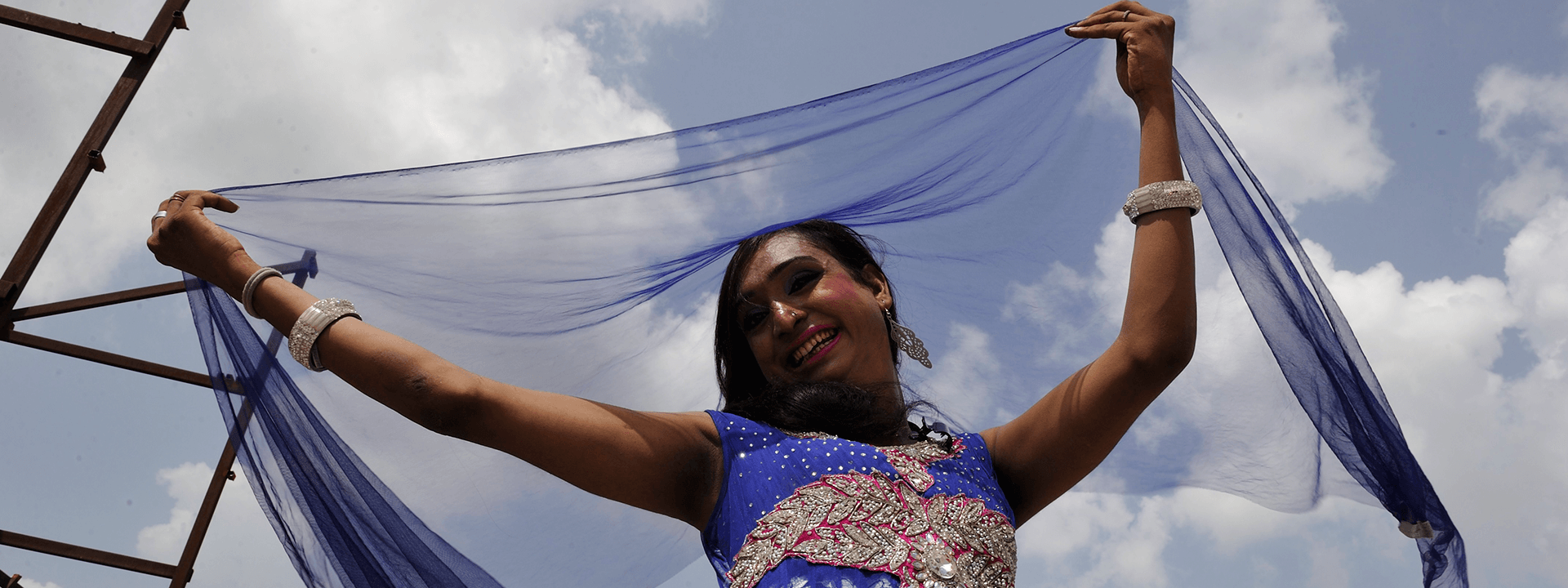
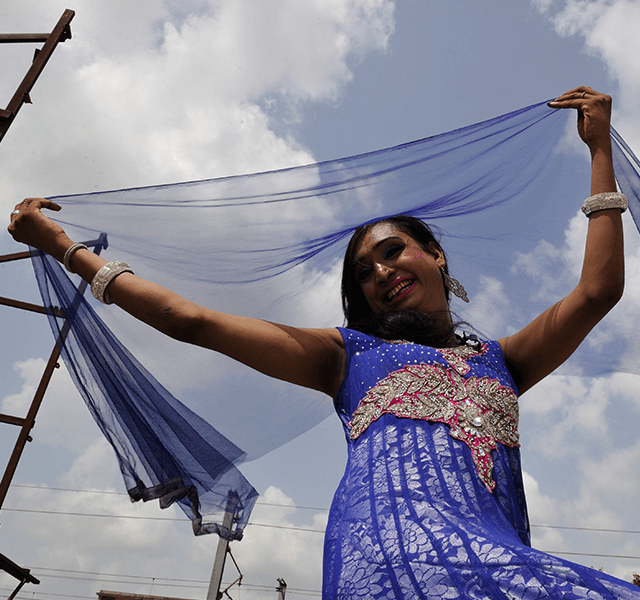
Over
decline in HIV prevalence from 0.32% (2010) to 0.21% (2021)1
Over
People Living with HIV in India, the 3rd largest in the world1
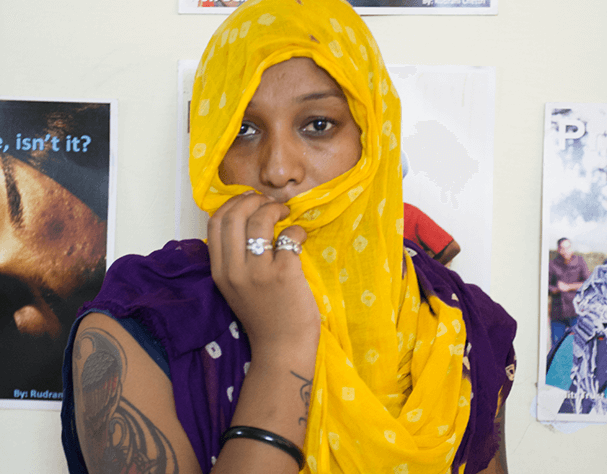
decline in new infections between 2010 and 20211
new infections reported in 20211

decline in AIDS related deaths between 2010 and 20211
AIDS related deaths reported in 20211
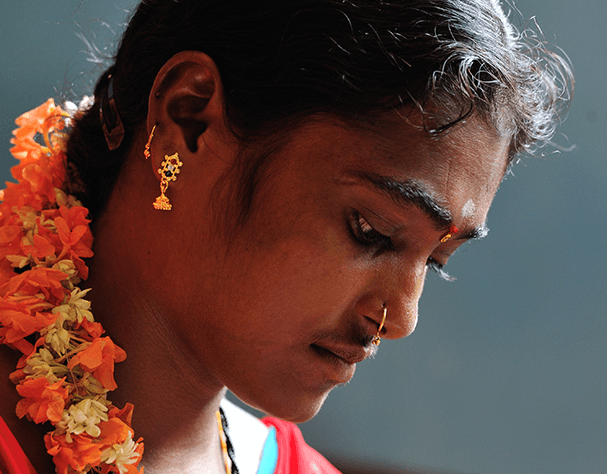
Reduce 80% new infections by 2024 and end the HIV epidemic in India by 2030
By 2024, 95% people living with HIV know their status, 95% of those who know their status on treatment and 95% of people on treatment with supressed viral loads
IHAT implemented a technical support unit for 15 years in Karnataka (since 2007) and seven years in Delhi (since 2014) to support the quality implementation of the national HIV program. The project was officially closed on 15 September 2022.
The TSUs provide technical support to the Targeted Intervention programs for Key Population (Female Sex Workers, Men who have Sex with Men, Transgender, People Who Inject Drugs) and Bridge population (Migrants and Truckers).
Supported NACO and the State AIDS Control Societies in strategic planning and monitoring of biomedical, behavioural & structural interventions to prevent new infections among key populations and enable early detection and provision of comprehensive care for people living with HIV
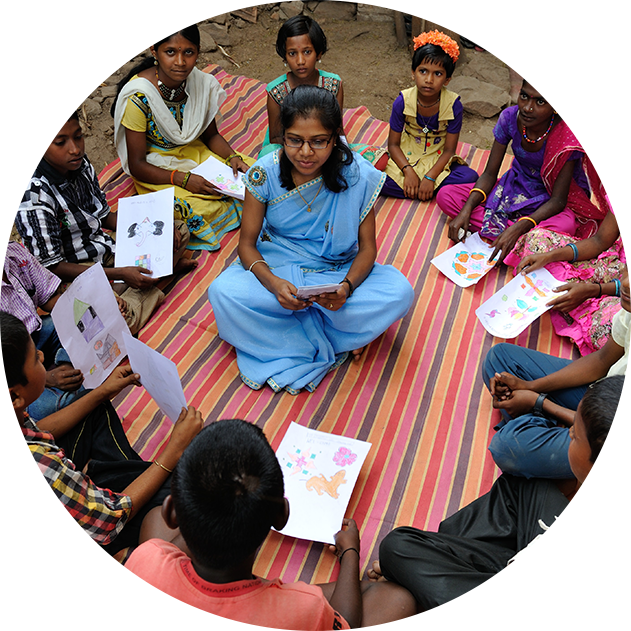
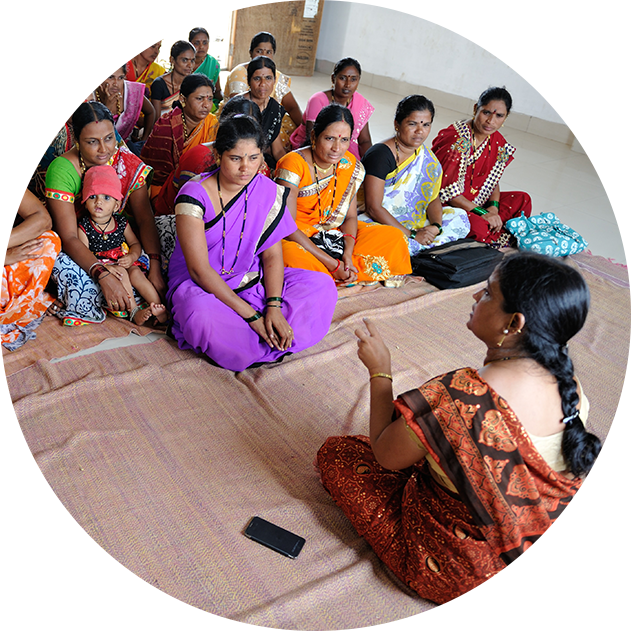
Built capacity of community based organisations and non-profit organisations implementing the Targeted Interventions through assessment of skill gaps, developing training calendars and supporting roll out of trainings
Supported in enabling the social structures to remove stigma against key populations and people living with HIV by sensitising medical professionals and law makers to empathise with them and facilitate care
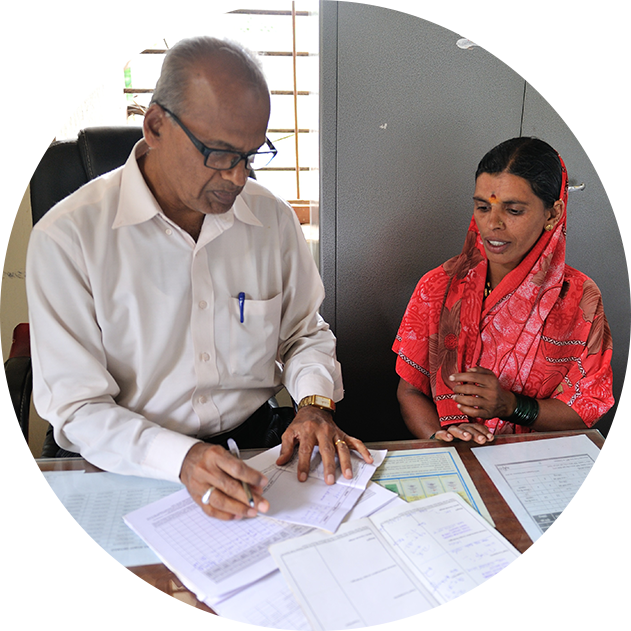
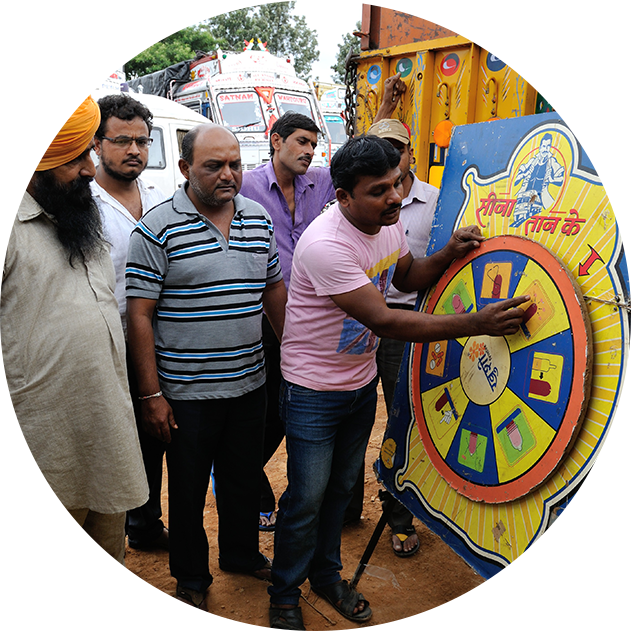
Supported the development of innovative interventions to address the changing landscape of HIV in the country

IHAT has compiled this ‘15 Years of Journey of IHAT’ report for technical assistance in implementing TIs for HIV prevention. IHAT implemented a project for 15 years in Karnataka (since 2007) and seven years in Delhi (since 2014) to support the quality implementation of the national HIV program.
Read More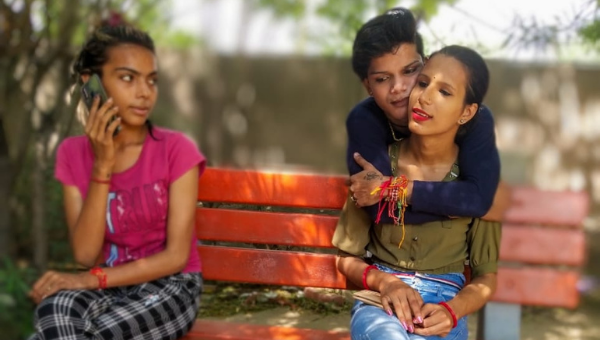
In India, the HIV epidemic is concentrated among key populations, such as the MSMs. Conventional targeted interventions mitigate HIV transmission by focusing on physical hotspots. As there is a shift within the MSM community to connect with sex partners online, novel approaches are needed to map virtual platforms where sexual networks are formed. This study estimates the number of MSM in Delhi using virtual platforms to connect for sex and to describe patterns of their use.
Read More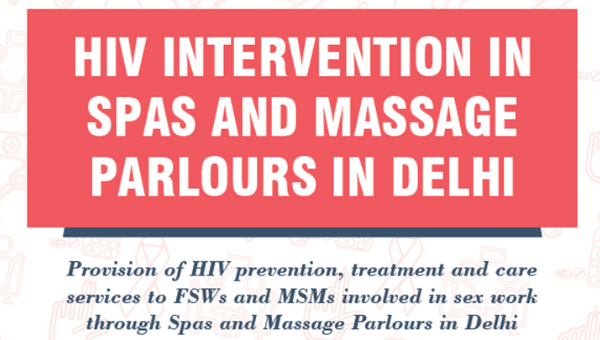
With the evolution of sex work patterns, newer physical places like Spas and Massage Parlours are emerging as new venues for sex work. The traditional peer-educator based Targeted Interventions reach out to the Key Population at geographical hotspots. However, these new venues are often unreached. DL TSU, in collaboration with DSACS, identified this implementation gap and supported DSACS to design this intervention to reach out and provide HIV services to the FSWs and MSMs who engage in sex work through Spas and Massage Parlours in Delhi.
Read More